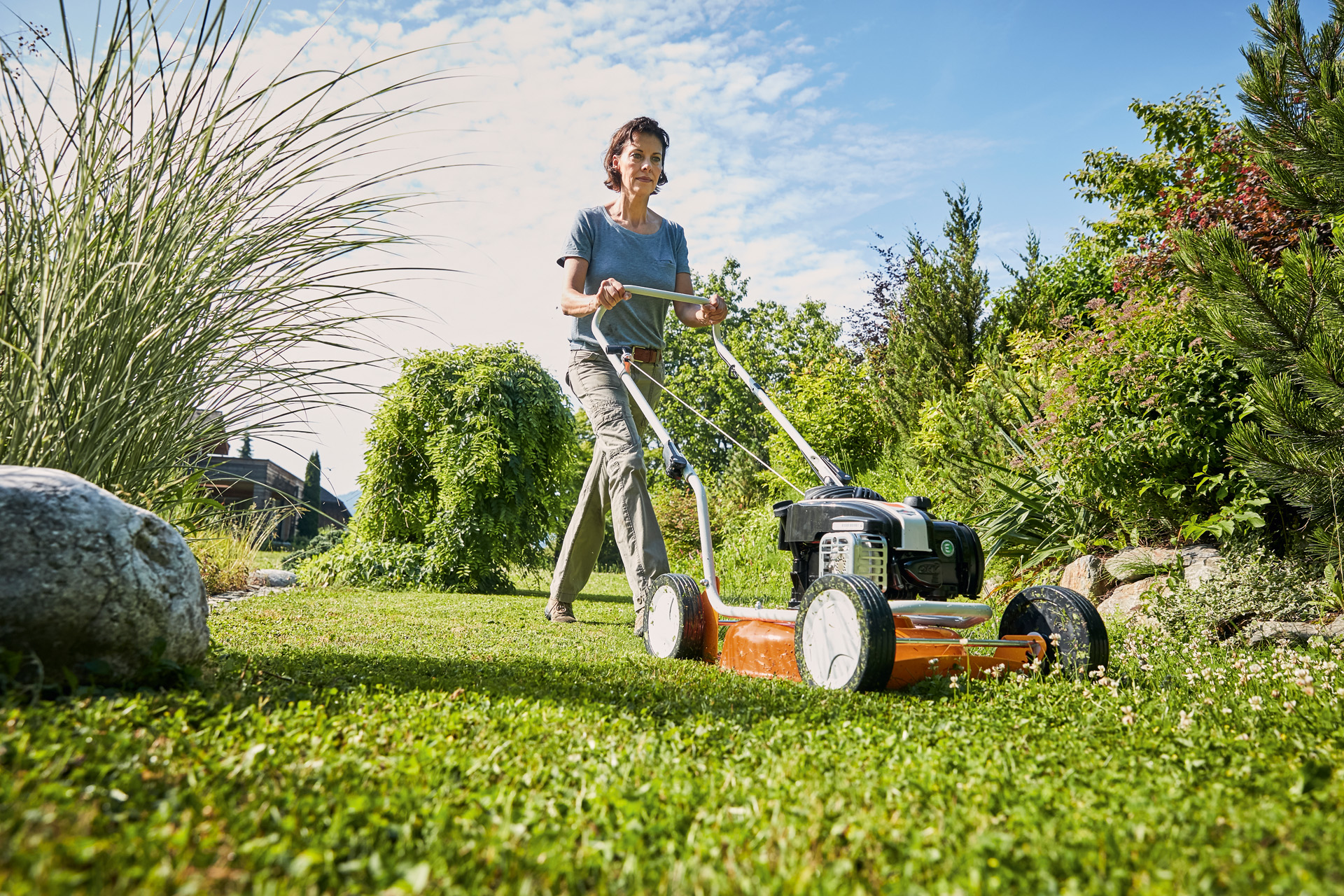Good to know
At first glance, digging over the lawn and turf around it sounds easier than removing and leveling the lawn. In contrast to digging the lawn, removing the turf also removes weeds.
A disadvantage of removal, however, is that you have to dispose of the old turf if you don't have space in the garden where it can rot into compost.











